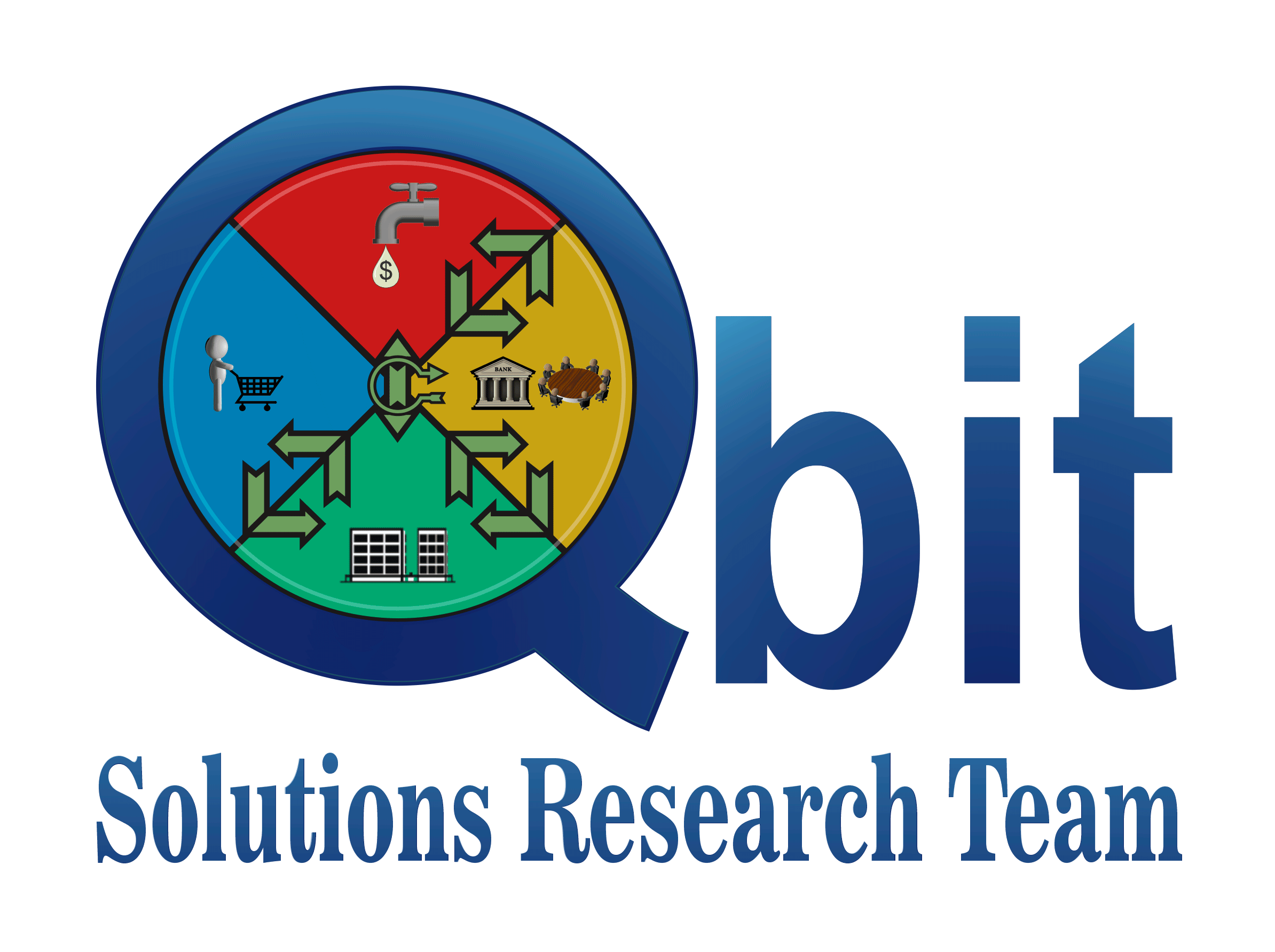SCIENCE BEHIND FINANCIAL QBITS
Deep Learning
Tensor Networks
Financial Qbits
© E. Miles Stoudenmire, 2018.

+

=

Completed in 2013, Financial Qbits is the first commercial application of quantum computing technology. It quantizes double-entry infinity by exploiting the exotic properties of tensor network theory, quantum computing and deep learning.
Financial Qbits is based on a QML algorithm whose search space is a ground-state wave function that condenses all probable double-entry information down to a 12-body tensor network encoded at five different layers of abstraction. Since double-entries are the binary building blocks that make up all financial statements, we can use this 12-body tensor network as a minimal-complexity computational resource to process financial statements in a hyperfast way. This translates to hyperfast financial literacy, one qubit, or one double-entry at a time. Note: Financial Qbits also provides a shortcut to understand the theoretical framework behind quantum computing and deep learning.
Tensor network theory postulates:
1) Pixelation/Discreteness
2) Emergence
3) Superposition of states
4) Time-reversibility
5) Entanglement
6) Operators
Deep learning postulates:
1) Meta-learning (Pranay, et al., 2022)
2) Concept encoding at different layers of abstraction
3) Information re-use.
Note: The possibility of quantizing double-entry information was proposed by past president of the American Accounting Association (AAA) Dr. Joel S. Demski and Oberlin College physicist Dr. Stephen A. Fitzgerald, in the paper: “Quantum information and accounting information, their salient features and conceptual applicatios" (Demski et al. 2006, p. 35), where they point out the absence of fundamentals of the current scheme and express their excitement for the prospect of an updated quantum mechanical version. Nevertheless, an actual solution was not presented.


.png)